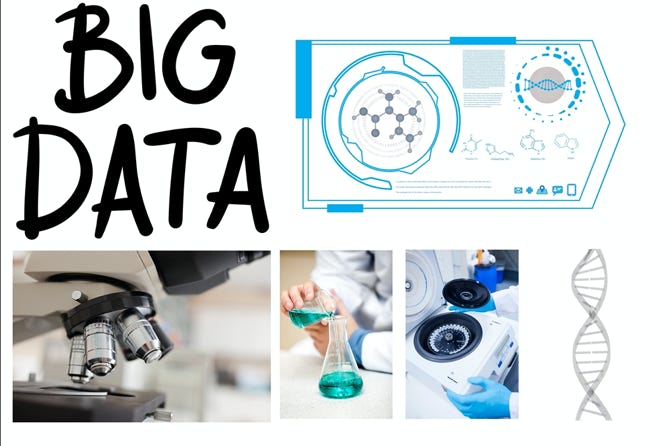Research


To gain valuable insights into complex biological systems and processes, it is essential to measure features of interest in individual cells. The single-cell transcriptomics and epigenomics allow researchers to uncover rare cell types, reveal the diversity of cell populations, infer the developmental trajectories of cell lineages, and discover their regulatory mechanisms. Recent progress in developing high-throughput single-cell methods allows researchers to study cell types and states of a tremendous number of cells (1 million and beyond).
The Computational Genomics Group (CGG) was created in September 2020 with the objective to leverage the latest single-cell multiomics methods to understand eye diseases. Research conducted at the CGG focuses on combining approaches from statistics, statistical physics, mathematics and computer science to develop new computational methods to handle the complexity of information and resolve biological processes from massive single-cell omics experiments.
Computational work in our lab focuses on developing new algorithms and scalable tools for analysis of massive single-cell datasets and their integration across platforms and techniques. In particular, we are interested in creating new approaches for comprehensive inference of developmental trajectories and delineation of cell atlases from single-cell data, understanding the role of cell-to-cell signaling and biological pathways in lineage commitment and transitions between cellular states. We explore novel methods for multidimensional and multimodal data visualization to get comprehensive topography of the cellular landscapes.
Experimental part of the scientific activity of our group focuses mostly on leveraging high-throughput single-cell transcriptome and epigenome sequencing for interrogation of eye cancer ecosystems. Uveal melanoma is a rare but highly metastatic eye cancer resistant to therapies. When uveal melanoma metastases to different parts of the body, the 5-year survival rate is only 13%. Single-cell multiomics sequencing will allow us to dissect the complex ecosystem of the tumour, the immune repertoire infiltrating it, and to understand the intercellular communication between immune subpopulations of cells. It will also provide new mechanistic insight into biology of uveal melanoma and point at the potential therapies.


Selected Publications
Software
Copyright © 2025 Tabaka Lab